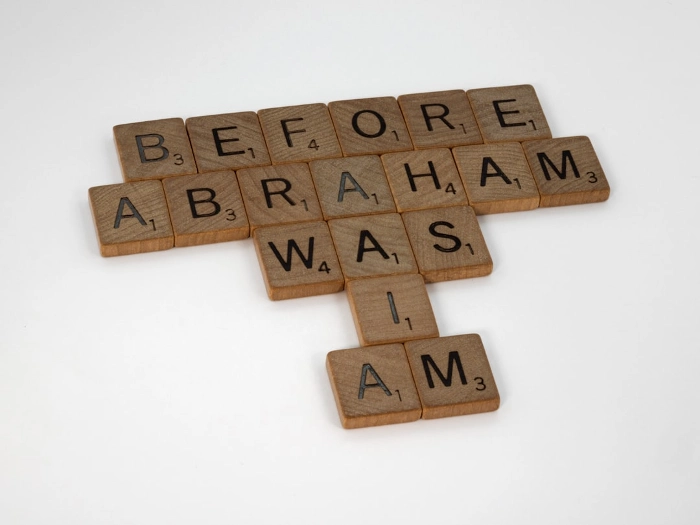How Christ is portrayed in Exodus

In the book of Exodus, Christ is portrayed through various symbols, events, and prophetic elements that foreshadow the coming of Jesus Christ in the New Testament. Exodus, the second book of the Bible, primarily focuses on the liberation of the Israelites from slavery in Egypt and their journey to the Promised Land under the guidance of Moses. Amidst the narrative of liberation and the establishment of the Mosaic covenant, Christ's presence is subtly interwoven, offering a preview of the redemptive work He would accomplish in the future.
One of the prominent ways Christ is prefigured in Exodus is through the concept of the Passover. The Passover, a pivotal event in the narrative, involves the Israelites marking their doorposts with the blood of a sacrificial lamb, protecting them from the angel of death. This ritual serves as a powerful foreshadowing of Jesus Christ as the ultimate sacrificial Lamb whose blood brings salvation and protection from spiritual death. In the New Testament, Jesus is often referred to as the Lamb of God, drawing a direct connection to the sacrificial lamb of the Passover in Exodus.
Furthermore, the character of Moses in Exodus carries symbolic parallels to Christ. Moses serves as a mediator between God and the people of Israel, leading them out of bondage and establishing the covenant on Mount Sinai. Similarly, Jesus is portrayed as the mediator of a new covenant, reconciling humanity with God through His sacrificial death on the cross. The parallels between Moses and Christ emphasize the role of Jesus as the ultimate deliverer and mediator between God and humanity.
The theme of liberation and redemption in Exodus finds its ultimate fulfillment in the person of Christ. The crossing of the Red Sea, where the Israelites are delivered from the pursuing Egyptian army, mirrors the concept of baptism and the liberation from sin through faith in Jesus Christ. The apostle Paul draws on this imagery in 1 Corinthians 10:1-4, highlighting the spiritual significance of the Israelites' passage through the Red Sea.
The provision of manna in the wilderness is another aspect of Exodus that points to Christ. In John 6:32-35, Jesus refers to Himself as the "bread of life," drawing a connection to the manna that sustained the Israelites during their journey. Just as the manna provided physical sustenance, Jesus offers spiritual nourishment and eternal life to those who believe in Him.
The tabernacle, described in intricate detail in Exodus, also contains symbolic elements that point to Christ. The tabernacle serves as a dwelling place for the presence of God among His people. In the New Testament, Jesus is referred to as the "Word" who "became flesh and dwelt (tabernacled) among us" (John 1:14). This connection underscores the idea that Jesus is the ultimate manifestation of God's presence among His people.
In summary, the book of Exodus portrays Christ through various symbols, events, and characters that anticipate His redemptive work in the New Testament. The Passover, the role of Moses as a mediator, the crossing of the Red Sea, the provision of manna, and the tabernacle all contribute to a rich tapestry of imagery that foreshadows the person and mission of Jesus Christ. Exodus, while recounting the historical liberation of the Israelites, simultaneously points forward to the ultimate liberation and redemption brought about by the Messiah.